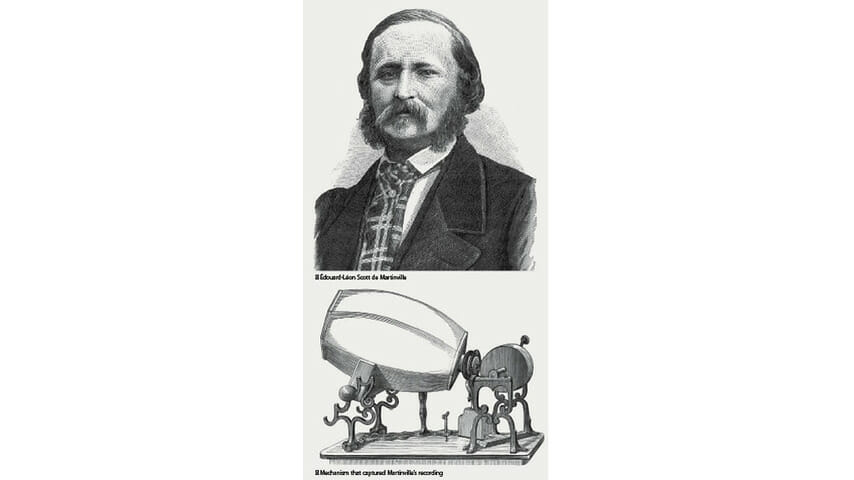Édouard-Léon Scott de Martinville: “No. 5” (“Au Claire de la Lune”)

Earliest sound recording an intriguing historical tidbit, but not everyone will need to own it on vinyl
-

-

-

-

-

-

-

-

-

-

-

-

-

-

-

-

-

-

-

-

-

-

-

-

-

-

-

-

-

-

-

-

-

-

-

-

-

-

-

-








































